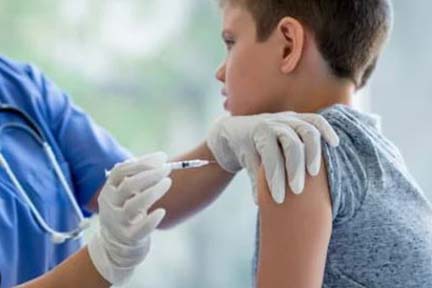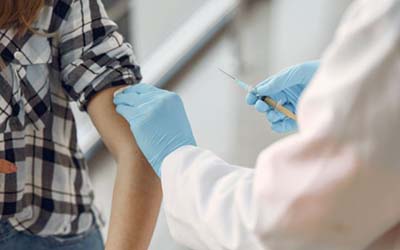
How to stay safe in the water this summer
Press Release FOR IMMEDIATE RELEASE: May 23, 2022 CONTACT: Chelsea Wuth, 517-241-2112, [email protected] MDHHS is reminding Michigan residents how to stay safe in the water this summer during Healthy and Safe Swimming Week LANSING, Mich. – The Michigan Department of Health and Human Services (MDHHS) is encouraging residents to maximize the health benefits of swimming while practicing safe and healthy habits. Each of us has a role in preventing illnesses and injuries when we swim, play and relax in the water — during the summer and year-round. As part of these efforts, MDHHS is recognizing May 23-29 as Healthy and Safe Swimming Week. “Everyone plays a role in preventing pool-related illnesses, injuries and deaths,” said Dr. Natasha Bagdasarian, chief medical executive for MDHHS. “Use proper hygiene when maintaining and using pools, make sure you and loved ones have basic swimming and water safety skills when partaking in water sports, and prevent access to backyard pools when not supervised.” Between 2012 and 2021, 19 outbreaks reported in Michigan were linked to swimming in treated and untreated water locations including pools, hot tubs and freshwater lakes. More than 713 estimated recreational water illnesses including illness due to E. coli and Legionella (confirmed or suspected) were reported — likely an underestimate. It’s also important to prevent pool-related injuries, such as drowning or those caused by mishandling pool chemicals. Drowning is the second leading cause of unintentional injury death for children ages 1 to 4. In the Great Lakes, over 1,000 drownings have occurred between 2010 and 2021. Here’s what you can do to keep your family safe and healthy this swimming season: Keep germs out of the water and out of your body.
Keep swimmers and boaters safe in the water.
Use chemicals safely in your pools.
For more information and safety tips on preventing swimming illness and injury, visit Cdc.gov/HealthyWater/Swimming. |






